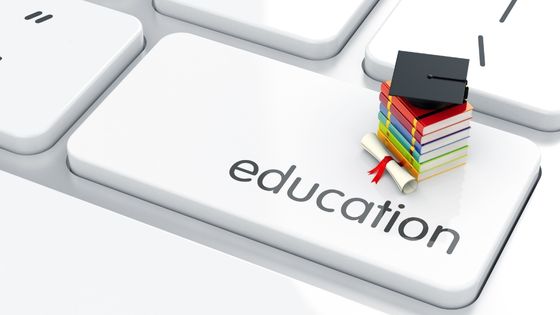Whether you’re in the process of starting a family, or you are someone who is in the business of providing the best education possible, the topic of how different individuals learn is bound to be of some interest. While in many academic processes there is an expected trajectory to follow, not everyone is going to have the same level of ability in that area. That can lead to the systems in place benefiting some more than others – some of whom might be at risk of being left by the wayside.
What are these differences? What causes them? Understanding the different points behind those questions can help you to understand potential alternatives when the time is right.
Continue reading for a guide on how the way in which education is delivered may affect the way in which people learn.
Variances and Mental Health
Potentially the biggest factor to consider here is how large of a role mental health can play. A condition such as dyslexia can severely impact a person’s ability to read and write at the same level as their peers, and so getting a sense of how this can be circumvented might help this knowledge to be imparted regardless. Alternatively, there are conditions such as autism or ADHD – either of which can have a marked impact on the learning capabilities of an individual. If you feel as though these might be conditions that your child is showing symptoms of, you might feel as though identifying it sooner – through an autism diagnosis Manchester – will be of benefit when their education is delivered with that in mind.
The Quality of Education
Ultimately, what might make the biggest difference might not even stem from the individual differences of those receiving the education. It might be the quality of the education that is delivered, an issue that is arguably more to do with finance than anything else. Those with families who can afford a higher level of education might also be in a position where more opportunities are granted to them, which can make it difficult to tell how different the quality of education truly is.
That being said, there can still be differences in quality that are present among public schools. The teaching ability of those in such positions could arguably then be the biggest factor, though underfunded schools might still be prone to falling short even if the teachers in question are doing everything that they can.
Preferences and Differences
When it comes to discussing how different people receive education, there has been a lot of attention drawn to the different learning types. One person might better absorb information when it’s presented visually, while someone else might benefit more from audio information, for example. This isn’t just a concept that can be useful for understanding learning in childhood; it can help you throughout your academic career and beyond. If you’re trying to learn information but finding that it isn’t sticking, it might be that you’ve yet to understand the style that you fall into yourself.
While the information in education might not always be provided in a way that’s equally digestible for everyone, understanding individual variances can help those learning to gain more control over their own education.




















